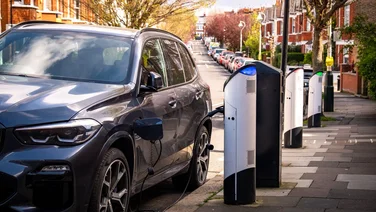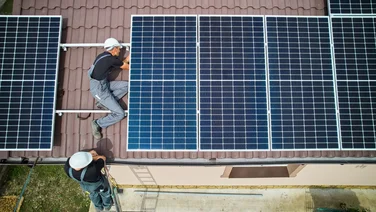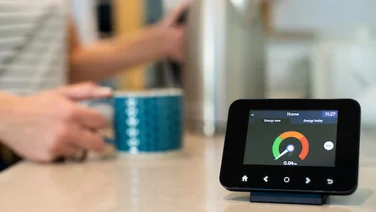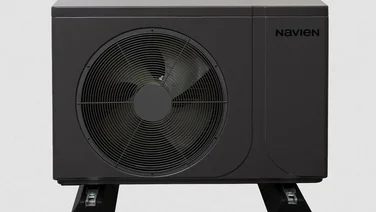- The Smart Export Guarantee makes suppliers pay for excess solar energy
- But they only pay 13% of the energys value
- The next price cap rise is set to reduce that figure to 7%
The Smart Export Guarantee (SEG) forces suppliers to financially reward consumers who send their excess renewable energy back to the National Grid, which makes the UKs electricity greener and cheaper.
However, its fatal flaw is that companies can pay any amount for your energy.
And with the energy price cap set to rise 1.2% in January 2025, will your SEG payments reflect this?

How much is your solar power worth?
Electricity is currently worth 24.50p per kWh, rising to 24.86p per kWh in January.
The solar energy which more than a million UK homes generate is worth exactly the same.
As a result, the average three-bedroom household lets call them the Taylors can make a saving of almost £330 every year thanks to the National Grid by getting solar panels.
And if the Taylors get a solar battery, they can use almost all the electricity their panels generate.
A solar battery costs £4,500 on average though, and with the cost of living skyrocketing, lets say the Taylors cant afford one right now. So what happens to their unused solar energy?
The Smart Export Guarantee guarantees them a certain amount of money for each kilowatt-hour (kWh) they send back to the Grid.
But under the terms of this government-backed initiative, suppliers can pay any price above zero for the Taylors solar power.
How much do energy suppliers think your solar power is worth?
Suddenly, when energy companies are buying electricity from their customers, the price of electricity is mysteriously seven times lower on average, costing just 3.9p per kWh.
The Taylors can move their electricity supply to Octopus and receive a market-high rate of 7.5p per kWh, but theyll almost certainly pay a much higher electricity tariff than theyre currently on. Moving suppliers is a bad idea at the moment.
Tesla will pay them 11p per kWh, but to qualify for that rate, they must get a Powerwall 2 solar battery, which will set them back around £9,000.
Is it going to get worse?
From January, the increased price cap will result in the Taylors paying £1,738 per year for electricity from the National Grid.
The Taylors have solar panels, so they can cut this amount in half.
But theyll send the rest back to the grid for Smart Export Guarantee payments and theres no sign that suppliers will increase their rates.
What can be done?
Without any legal requirement, energy suppliers are technically free to pay solar panel owners as much or little as they want.
And they take advantage of that fact.
When it ended in March 2019, the Feed-in Tariff (FiT) paid solar panel owners 33% of their electricitys value.
The 11 energy companies which are compelled to offer an SEG rate now pay 13% of the value you would gain by using your own solar power.
Electricitys wholesale price is currently just below 25p per kWh, according to Ofgem. These suppliers pay just 3.8p per kWh, on average.
Summary
- Electricity is currently worth 24.50p per kWh, rising to 24.86p per kWh in January
- The solar energy which more than a million UK homes generate is worth exactly the same
- The Smart Export Guarantee guarantees a certain amount of money for each kilowatt-hour (kWh) they send back to the Grid
- Without any legal requirement, energy suppliers are technically free to pay solar panel owners as much or little as they want
- When it ended in March 2019, the Feed-in Tariff (FiT) paid solar panel owners 33% of their electricitys value
- Electricitys wholesale price is currently just below 25p per kWh







